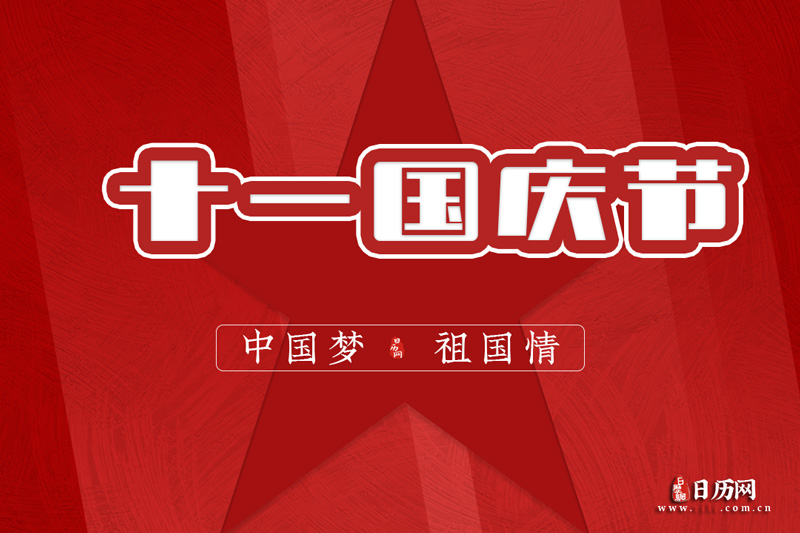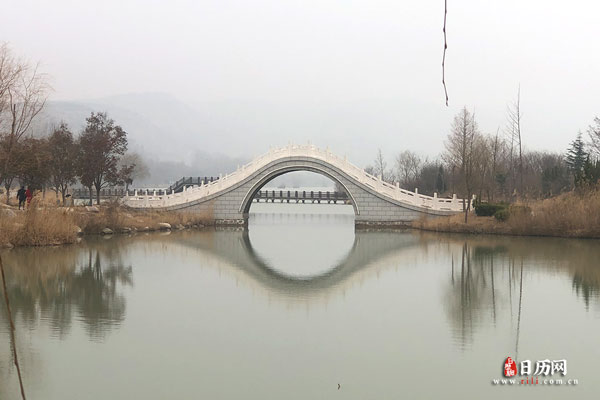Laba Festival
腊八节
Laba congee
腊八粥
The Laba Festival happy,
腊八节快乐
腊八节英文简介
The Laba Festival is a traditional Chinese holiday celebrated on the eighth day of the twelfth month of the lunar Chinese calendar。 "La" is the name given to the 12th lunar month and 8 is pronounced as "ba" in Chinese, which translated is "Laba。" There are several legends about the origin of this festivity and we could not tell which one is true。 But what we know today is that this festival started as a sacrificial offering to ancestors。 It was also a time for the ancient Chinese to pray to heaven and earth that there would be a bountiful harvest。 Many people hoped for good luck as well for the coming year。
农历十二月初八是中国的传统节日——腊八节,腊代表中国农历的十二月,而八是eight的发音,因此,这个节日被翻译成腊八。关于腊八起源的传说有很多,我们已经不能辨其真假。时至今日,我们确定的是这个节日起初是为了祭祀祖先,祈求丰收以及为即将来到的一年祈福。
Traditionally, the Laba rice porridge is the most important element of the festival。 Generally, the porridge contains eight ingredients which can include glutinous rice, red beans, millet, Chinese sorghum, peas, dried lotus seeds and some other ingredients, such as dried dates, chestnut meat, walnut meat, almond, peanut, etc。 The porridge must be boiled for many hours and then offered as a sacrifice to the ancestors。 This must be done before noontime。 Also, it is tradition that family members eat the porridge together。 Then they leave some as a symbol of hope for a good harvest the coming year。
从传统上讲,腊八粥是腊八节最重要的元素。腊八粥通常由八种材料做成,这些材料可以是黏米,红豆,小米,高粱,豌豆,莲子和一些诸如红枣,栗子,核桃仁,杏仁,花生等谷物。粥要熬制数小时,然后作为祭品祭献给祖先。这个祭祀活动一定要在中午之前完成。之后,家人们坐在一起吃腊八粥也就成了传
Another custom is the soaking of Laba garlic。 Garlic is soaked in vinegar for more than twenty days starting from Laba festival。 Then when the Chinese New Year comes, the garlic and vinegar is used alongside jiaozi on the table。
腊八节的另一传统式腌制腊八蒜。从腊八节那天起,就将蒜泡在醋中二十多天,这样,到春节的时候,就可以在餐桌上与饺子同食了。
腊八粥与佛祖的传说
据说,古代印度北部迎毗罗比国的净饭王。有个儿子叫乔达摩·悉达多。他在年轻时。就对人世的生老病死等苦恼感到痛恨。同时还对当时流行的婆罗门教神权颇为不满。于是,29岁那年。他毅然舍弃了豪华的宫廷生活。出家修道。经过漫长的6年苦行修炼,他饱尝了人世的千难万苦。却仍未成道。一天,他来到了尼连河的附近。因饥饿和劳累交困,头一昏。倒在了地上,失去了知觉。这时。有一位牧女发现了昏倒在地的他,便赶紧将自己随身所携带的杂粮和四处采集的野果合在一起,用清泉水熬成乳糜状的稀粥,一口口来喂他。等到吃过粥汤。悉达多终于从昏迷中苏醒过来,他顿觉精神一振。于是,他跳人旁边的尼连河。用浦澈的河水,洗了个痛快的澡。然后。他静坐于菩提树下沉思,终于在十二月八日这天大彻大悟,得道成佛。从此,人们尊敬他为释迩牟尼(即释迎族的圣人),并把十二月八日称为成道节。每逢这天,佛寺都要循例集会诵经,并仿效牧羊女的做法,煮糜粥敬佛。待佛教传人我国之后,因时间巧合,成道节便与腊八节合而为一。于是,腊八粥也便成为节日的特色食物。
从历史记载来看。腊八粥最早出现于我国宋代。成书于宋代的《天中记》一书说,北宋东京,每到十二月八日。各大寺院都要分送“七宝五味粥”,人称“腊八粥”。后来,民间也受到影响,竞相仿效。如宋代孟元老《东京梦华录》说,腊月初八这天,汁梁城的百姓,纷纷用果子杂料煮粥来吃。南宋诗人陆游,有“今朝佛粥更相愧”的诗句。其中讲到的“佛粥”,就是腊八粥。后世相沿不衰。所以清代的腊八节才呈现出腊八粥独领节日风骚的特点。
最早的腊八粥,只是用红小豆来煮‘到清代。情况已大不一样了。据清人富察敦崇《燕京岁时记》记载,清代北京人制作腊八粥。已发展为用黄米、白米、江米、小米、菱角米、栗子、红江豆、去皮枣泥等为主要原料,再加人红桃仁、琐琐葡萄、杏仁、瓜子、花生、棒攘、松子、红搪、白核等。合水煮成。一般人家。大都要在腊月初七就开始动手准备。剥果皮、挑沙子、洗米,忙忙活活一个晚上。到八日天明时才最后煮好一锅糜粥。









 晋公网安备14080202000303号
晋公网安备14080202000303号